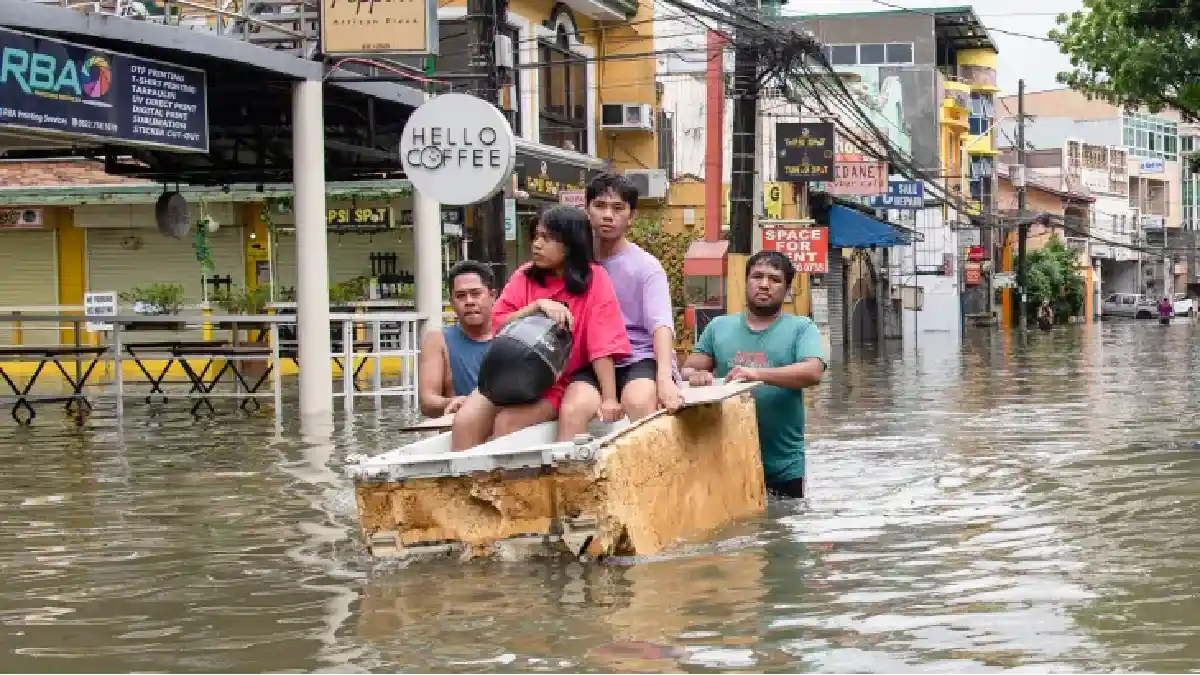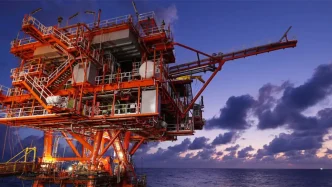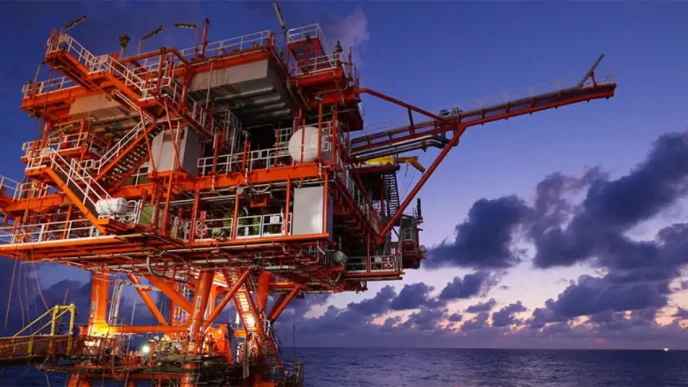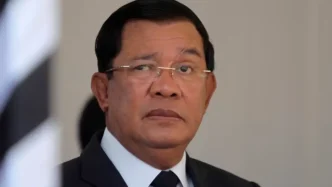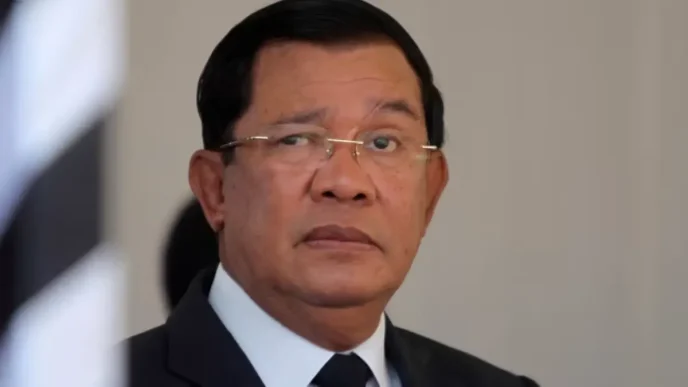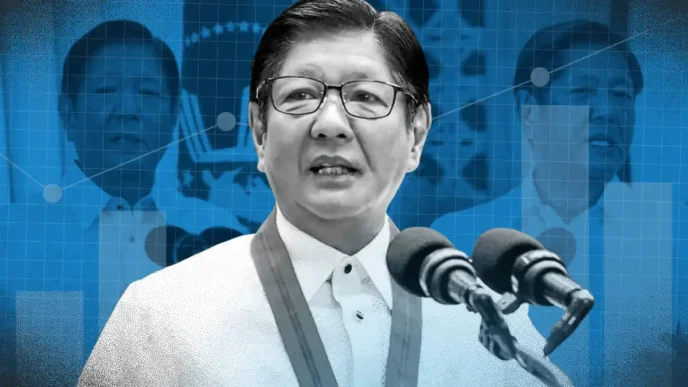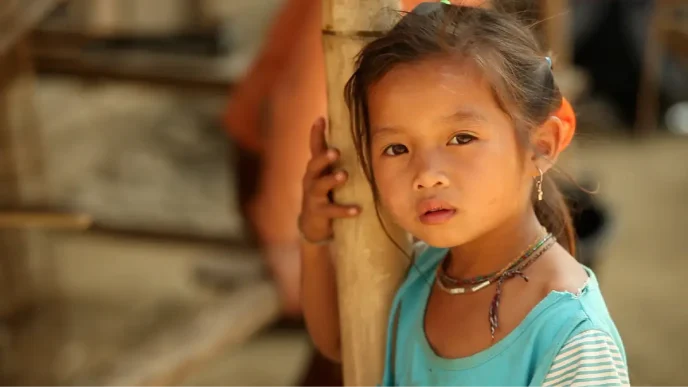Metro Manila, the bustling heart of the Philippines, ground to a halt on July 22, 2025, as relentless monsoon rains triggered widespread flooding across the capital. Streets turned into rivers, with water levels reaching chest-deep in over 500 areas, according to the Metro Manila Development Authority (MMDA). Tens of thousands sought shelter in evacuation centers, while countless others remained stranded on impassable roads. The deluge, fueled by the southwest monsoon known as Habagat exposed a glaring failure: despite the government spending P1.4 billion (~US$24 million) daily on flood control, as highlighted by Senator Joel Villanueva, the city remains defenseless against recurring disasters.
A Recurring Nightmare
The scenes of devastation in 2025 echo a hauntingly familiar pattern. Just a year prior, in July 2024, Supertyphoon Carina unleashed similar chaos, prompting lawmakers to summon officials from the MMDA and the Department of Public Works and Highways (DPWH) to account for the inefficacy of flood mitigation efforts. Since 2009, the government has invested a staggering P1.2 trillion (~US$20.6 billion) in flood control projects, with the DPWH’s budget for such initiatives soaring from P42.2 billion (~US$725 million) in 2015 to P254.29 billion (~US$4.37 billion) in 2025—representing 32.1% of its P1.007 trillion (~US$17.3 billion) total budget for the fiscal year.
Yet, for all the billions spent, ordinary Filipinos see little relief. Social media platforms buzzed with frustration as citizens decried the lack of tangible progress, pointing to infrastructure that fails them year after year. The outrage is palpable: how can a nation battered by an average of 20 typhoons annually, with a capital particularly vulnerable due to its outdated waterways and unchecked urban sprawl, still lack a cohesive strategy to tackle flooding?
No Master Plan, Just Patchwork Fixes
The answer lies in a startling admission from DPWH Secretary Manuel Bonoan during a Senate committee hearing in August 2024. Despite the enormous expenditure, there is no single, integrated flood control master plan for the Philippines. Instead, the DPWH operates with 18 separate masterplans for major river basins, which the agency claims are tailored to local needs for more targeted flood risk management. While this fragmented approach may address specific regional quirks, it falls short of providing a unified, long-term solution to a national crisis.
President Ferdinand Marcos Jr. has previously touted the completion of 5,500 flood control projects in his State of the Nation Address. However, Bonoan clarified that these were merely “immediate projects and engineering interventions” designed for short-term relief in low-lying areas. This ad hoc mentality pervades the system, leaving Metro Manila’s drainage infrastructure—nearly 70% of which is outdated and incapable of handling excess water, even with operational pumping stations—in a state of chronic disrepair.
Senator Villanueva has renewed calls for a “comprehensive and integrated flood control program” a plea that underscores the absurdity of the current situation. For a country so routinely battered by nature’s fury, the absence of such a program decades ago is a glaring oversight. The latest flooding, which paralyzed the capital and displaced thousands, serves as a grim reminder of the cost of inaction.
A System Ripe for Exploitation
Beyond inefficiency, the piecemeal nature of flood control projects has created fertile ground for corruption. The lack of a centralized plan and the proliferation of short-term initiatives provide ample opportunities for mismanagement of public funds. With billions allocated annually, the absence of transparency and accountability in how these resources are utilized has long been a point of contention among Filipinos and watchdog groups. The recurring floods are not just a failure of engineering but also a potential symptom of deeper systemic issues that prioritize quick fixes over sustainable development.
Metro Manila’s vulnerability is compounded by its historical and geographical challenges. Ancient waterways, once natural outlets for excess water, have been smothered by rapid, unregulated urbanization. Without a major overhaul of the drainage network, even fully functional pumping stations are rendered ineffective. The city’s plight is a microcosm of a broader national struggle to adapt infrastructure to the realities of climate change, which promises to intensify storms and rainfall in the coming years.
A Missed Opportunity and a Call to Action
In 2012, under the administration of former President Benigno Aquino III, a P351 billion (~US$6 billion) flood control master plan was approved, aiming to address Metro Manila’s chronic inundation. Yet, according to the DPWH, only 30% of this ambitious project has been completed over a decade later. The reasons for the delay remain unclear, but the unfinished plan represents a missed opportunity to safeguard millions from the annual ordeal of flooding.
With three years left in his term, President Marcos faces a pivotal moment. Revisiting and completing the 2012 master plan—or crafting a new, science-backed, and properly engineered strategy—could define his administration’s legacy. The challenge is not just technical but political: can he set aside historical rivalries tied to the Aquino name and focus on delivering a solution that prioritizes the welfare of Filipinos over partisan divides?
The Human Cost of Inaction
Beyond budgets and blueprints, the floods exact a profound human toll. Families wade through murky, debris-laden waters to salvage belongings, while others endure days in cramped evacuation centers. Businesses shutter, livelihoods are disrupted, and children miss school. The psychological burden of facing such destruction year after year weighs heavily on communities, particularly in low-income areas where recovery is slowest. For many, the government’s promises of improvement ring hollow against the backdrop of waist-deep water in their homes.
The Philippines is no stranger to natural disasters, but the predictability of Metro Manila’s flooding makes the lack of progress all the more frustrating. Climate change looms as an ever-growing threat, with scientists warning that warmer ocean temperatures will fuel stronger typhoons and heavier rainfall. Without a robust, forward-thinking flood management system, the nation risks not just economic losses—already estimated in the billions annually—but an erosion of public trust in governance itself.
Looking Ahead: A Legacy at Stake
The catastrophic flooding of July 2025 should serve as a wake-up call for the Marcos administration. The tools and resources to mitigate this crisis exist; what’s lacking is the political will and strategic vision to implement them effectively. An honest-to-goodness, long-term flood control program—rooted in scientific data, engineered for resilience, and insulated from corruption—could transform the lives of millions. It would also cement a legacy of tangible progress for an administration still seeking to define its impact.
Filipinos do not ask for miracles, only for the basic dignity of not being submerged every monsoon season. As the Marcos government navigates its remaining years, the question remains: will it rise to the challenge of easing this perennial burden, or will Metro Manila drown again under the weight of broken promises?


